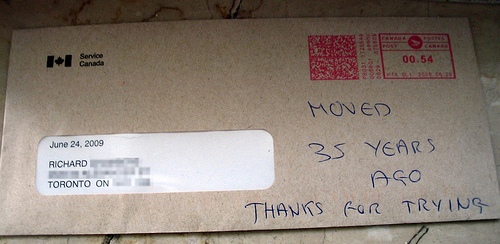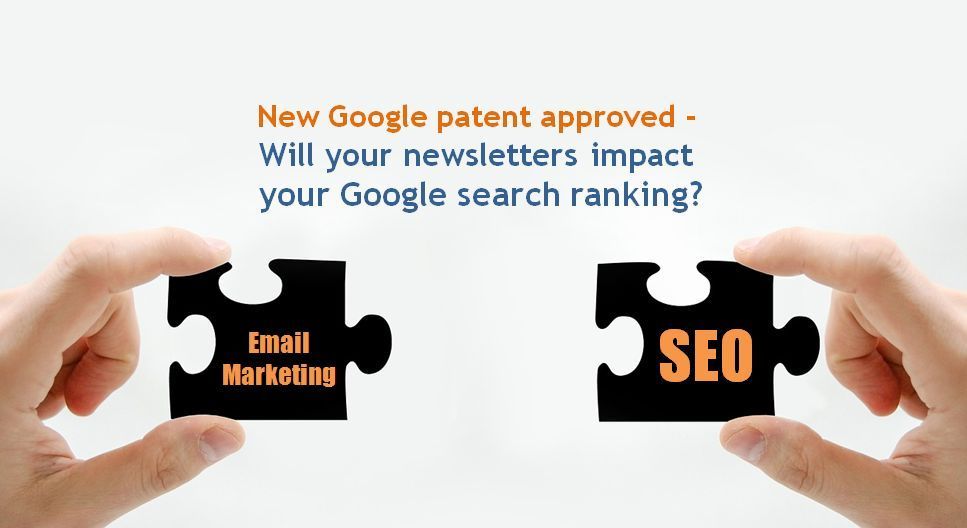How to Rescue Inactive Emails and Increase Deliverability
by Publicators

January 01, 2000
Everything in the world carries a price. There are no stamps to buy for sending email, but when you use email marketing and send out a million emails or more every week, each email costs you something – an investment which is supposed to yield a greater return. Obviously, not every email marketing will result in a sale, and thus a tension is born – how do you decide when a lead isn't worth pursuing anymore?
Many email marketing primers will tell you that it's important to regularly prune your list and remove inactive email addresses. Up to a certain point this is unquestionably true. You want to have a high engagement ratio and don't want to send hundreds of thousands of emails that will never even get opened for every email that results in a visit to your site.
However, new research into the matter shows that many miss out on potential sales by giving up too soon on what seem to be “inactive emails”. To you, your business is something you engage with every day. To your customer, it must never be expected to be so; money from someone who only reads your mailers once every six months and only buys something once a year is just as good as the next guy's money.
To move email addresses from the “inactive” column back to the “engaged” column, we use what's known as “win-back” campaigns, in which we specifically target those emails we're not certain of and appeal to their owners to show us a sign of life. Research shows that those who use these campaigns effectively increase their sales and reduce the number of email addresses they have to consign permanently to inactive category.
Exactly when do you initiate a win-back campaign, as well as to how to word it so it yields maximum results – these are part of the email marketing wizard's craft. We'll be happy to set up a meeting, virtual or in person, to see what magic we can work on your behalf.








